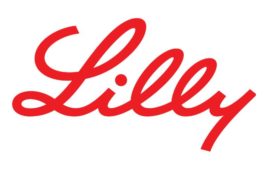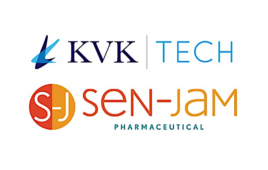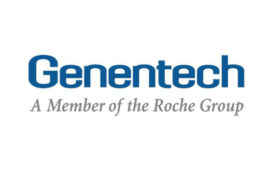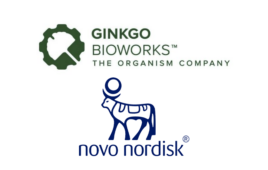
The opioid use disorder market (OUD) is forecast to experience solid growth over the next 10 years, growing from $1.8 billion in 2017 to $4.8 billion in 2027 at a compound annual growth rate (CAGR) of 10.3 percent, according to data and analytics company GlobalData.
According to the company’s latest report, ‘Opioid Use Disorder (OUD): Opportunity Analysis and Forecasts to 2027’, the opioid epidemic in the U.S. meant the region contributes 88.8 percent of sales to the global market, and the government is taking several steps to introduce policies which control the crisis. These policies, as well as the launch of four late stage pipeline agents, will be the key drivers of growth in the OUD market.
“Opioid use disorder is a relatively new term described in the new DSM-5, it combines aspects of opioid addiction and opioid dependence,” Maura Musciacco, director of neurology and ophthalmology at GlobalData, said. “It must be noted that it differs from opioid withdrawal syndrome (OWS)—OUD is characterized by dependence on opioids, while OWS is characterized by withdrawal symptoms.”
Current treatments are based around maintenance therapy with an opioid agonist, buprenorphine and methadone, or an opioid antagonist, naltrexone. In the case of an overdose, naloxone can be used as an acute rescue medication, and in some cases it is used in combination with buprenorphine.
Key opinion leaders have stated that these treatments provide adequate cover for patients, which means the main unmet needs in the field are environmental. These include, a need to improve treatment access for those addicted to opioids and a need to improve physician prescribing habits, to prevent the flow of opioids to the public.
“There are two distinct strategies in the pipeline, and they can be neatly divided into late stage strategy and early stage strategies,” Musciacco said. “The late stage focuses on reformulations of currently marketed drugs, so the route of administration is more favorable to patients. In contrast, the early stage strategies focus on novel mechanisms of action, aimed at targeting the root cause of addiction. Moving forward, the unmet needs are likely to only be partially met in the OUD market, even if policies and training are properly structured and implemented results are only expected to be seen over the long term. In order for these initiatives to be most successful they will need a collaborative effort between pharmaceutical companies, the government, and healthcare providers.”
The markets included in this report are the countries that have the highest rates of opioid use: In order, these are the U.S., Canada, Germany, Denmark, Belgium, Austria, Switzerland, and Australia. In contrast, Japan is one of the lowest prescribers of opioids in the world, and as such, it was not included in the report.
(Source: GlobalData)




